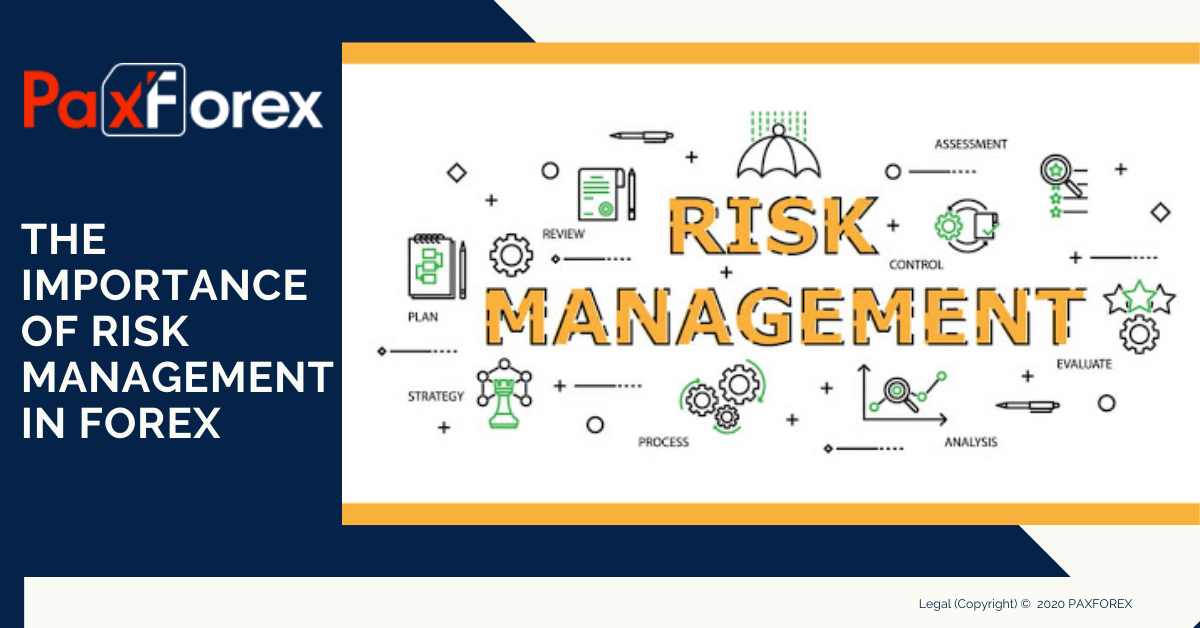The Role and Importance of Risk Management in Ensuring Business Continuity
The Role and Importance of Risk Management in Ensuring Business Continuity
Blog Article
Discovering the Importance of Risk Management for Effective Decision-Making Approaches
In the elaborate world of service, Risk Management becomes an essential consider the decision-making process. The capacity to identify possible dangers and possibilities, and strategize as necessary, can mean the difference in between success and failing. With tools such as SWOT and PESTEL, companies are geared up to make enlightened choices, cultivating durability and adaptability in an ever-changing atmosphere. Wondering how this functions? Let's unbox the characteristics better.
Understanding the Concept of Risk Management
Risk Management, an important part in decision-making, is frequently misinterpreted or oversimplified. Normally, it describes the recognition, analysis, and prioritization of risks to minimize, keep track of, and manage the likelihood or impact of regrettable events. It's not simply about avoiding negative outcomes, yet additionally regarding acknowledging prospective opportunities. Risk Management includes organized and regimented approaches, making use of information and insightful assessments. It requires a thorough understanding of the organization's context, objectives, and the possible dangers that could thwart them. From financial unpredictabilities, legal responsibilities, strategic Management errors, to accidents and all-natural catastrophes, it addresses numerous dangers. Significantly, effective Risk Management is not stationary; it's a constant, forward-looking procedure that progresses with changing conditions.
The Role of Risk Management in Decision-Making Processes
In the world of strategic preparation and service procedures, Risk Management plays an essential duty in decision-making processes. Risk Management therefore comes to be an important device in decision-making, assisting leaders to make informed selections based on an extensive understanding of the dangers included. Risk Management offers as a crucial element in the decision-making processes of any company.

Exactly How Risk Management Enhances Strategic Planning
In the context of calculated preparation, Risk Management plays an essential duty. Starting with the identification of potential threats, it additionally encompasses the execution of Risk mitigation actions. The function of Risk Management is not static but vibrant, as it requires continuous tracking and adjusting of techniques.
Determining Prospective Dangers
:max_bytes(150000):strip_icc()/operational_risk.asp-Final-4be32b4ee5c74958b22dfddd7262966f.png)
Executing Risk Reduction
Having actually developed the importance of determining possible risks, the following action is to explore Risk reduction. This process involves establishing and executing strategies to handle determined risks successfully. It is a vital aspect of critical planning as it improves decision-making by minimizing possible negative end results. Risk reduction techniques can range from Risk avoidance, Risk transfer, to run the risk of decrease. Each strategy needs to be customized to the certain Risk, considering its prospective impact and the organization's Risk resistance. Moreover, efficient Risk reduction calls for a deep understanding of the Risk landscape and the prospective effect of each Risk. This understanding enables organizations to focus on threats and allot sources properly, ensuring that the most significant dangers are dealt with first.
Surveillance and Changing Methods
Though Risk mitigation is a vital action in critical preparation, continual surveillance and change of these strategies is equally important. It also find more provides a possibility to review the success of the Risk Management procedures, enabling modifications to be made where required, further enhancing critical preparation. Surveillance and changing Risk Management approaches is an essential part for enhancing an organization's durability and strategic planning.
Case Researches: Effective Risk Management and Decision-Making
In the world of business and finance, effective Risk Management and decision-making usually serve as the columns of thriving business. These situations highlight the value of sharp Risk Management in decision-making processes. directory These cases underscore the important duty of Risk Management in calculated decision-making.
Tools and Techniques for Effective Risk Management
Navigating the detailed maze of Risk Management needs the right set of strategies and tools. These tools, such as Risk registers and warmth maps, aid in recognizing and assessing prospective risks. Methods include both quantitative approaches, like level of sensitivity evaluation, and qualitative methods, such as SWOT analysis. These assistance in prioritizing dangers based upon their potential influence and possibility. Risk feedback techniques, a crucial part of Risk Management, entail accepting, preventing, moving, or mitigating threats. Monitoring and managing threats, with normal audits and reviews, guarantee that the strategies stay reliable. With these devices and techniques, decision-makers can navigate the complicated landscape of Risk Management, therefore facilitating educated and efficient decision-making.
Future Trends in Risk Management and Decision-Making Techniques
As we check out the huge landscape of Risk Management, it ends up being evident that the strategies and devices utilized today will proceed to advance. Future fads direct towards an enhanced reliance on technology, with expert system and artificial intelligence playing significant roles. These modern technologies will certainly allow organizations to forecast possible dangers with higher accuracy and make even more enlightened decisions. Additionally, there will certainly be an expanding emphasis on strength, not just in managing threats however also in jumping back from unfavorable circumstances. Lastly, the principle of Risk go now society, where every participant of a company knows and entailed in Risk Management, will obtain much more prominence. These trends herald a more comprehensive and proactive strategy towards Risk Management and decision-making.
Conclusion

Risk Management hence comes to be a vital device in decision-making, aiding leaders to make educated options based on an extensive understanding of the risks involved. Risk reduction methods can range from Risk evasion, Risk transfer, to run the risk of reduction (importance of risk management). Effective Risk reduction requires a deep understanding of the Risk landscape and the possible effect of each Risk. Risk reaction techniques, a key part of Risk Management, include accepting, staying clear of, transferring, or mitigating risks. The principle of Risk society, where every member of an organization is mindful and involved in Risk Management, will certainly get a lot more prominence
Report this page